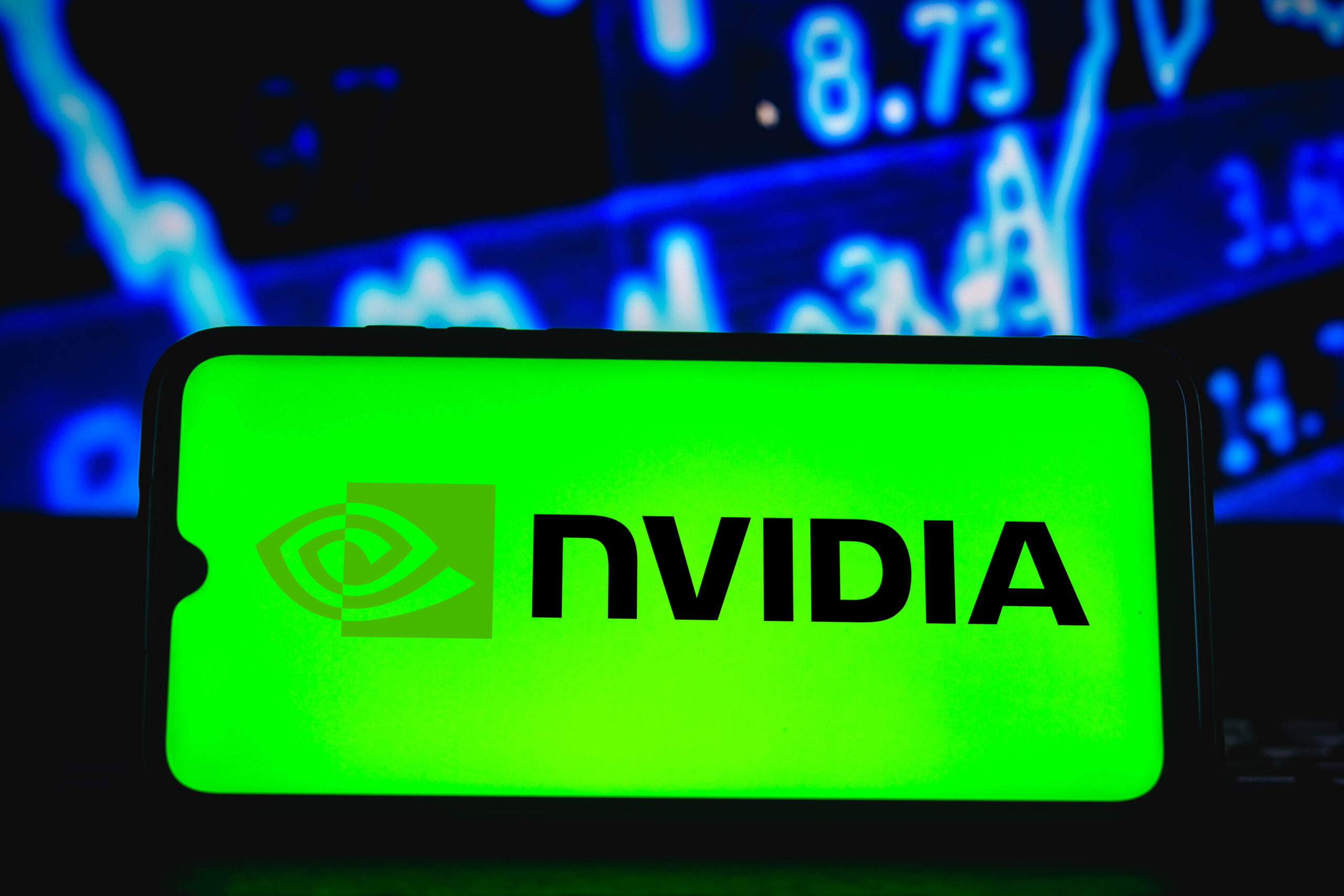NVIDIA’s latest innovations in Ethernet interconnects might pique your interest. The company that revolutionized GPU computing is now setting its sights on transforming network connectivity. As it is a crucial component for scaling AI and machine learning workloads in enterprise environments. NVIDIA’s expansion into this domain isn’t merely an incremental step. It is also a strategic move to address the growing demands of data-intensive applications. NVIDIA aims to provide the tools necessary to overcome current bottlenecks in data center performance and efficiency. Understanding these advancements is essential for staying ahead in the competitive world of enterprise computing.
NVIDIA’s Push into Data Center Networking and Ethernet
NVIDIA’s foray into data center networking marks a significant expansion of its technological footprint. As the demand for high-performance computing and AI workloads continues to surge, the company is strategically positioning itself to address the critical bottlenecks in data center infrastructure.
Ethernet Innovation
- At the heart of NVIDIA’s networking push is also its focus on Ethernet technology. You’ll find that the company is leveraging its expertise in GPU design to reimagine how data moves within and between data centers. By developing advanced Ethernet solutions, NVIDIA aims to dramatically increase data transfer speeds and reduce latency, which is crucial for AI and machine learning applications.
Strategic Acquisitions
- To bolster its networking capabilities, NVIDIA has made strategic moves in the industry. The acquisition of Mellanox Technologies in 2020 was a pivotal moment, bringing in-house expertise in high-performance networking. This move has allowed you to see NVIDIA integrate cutting-edge networking technology directly into its data center offerings.
End-to-End Solutions
- NVIDIA’s approach goes beyond just hardware. Also, notice that the company is developing software and APIs that optimize network performance for AI workloads. This end-to-end strategy allows data center operators to deploy NVIDIA’s solutions seamlessly, potentially reducing complexity and improving overall system efficiency.
NVIDIA also positions itself as a comprehensive data center technology provider, aiming to revolutionize how enterprises handle the growing demands of AI and high-performance computing.
The Importance of Ethernet for AI Workloads
Powering High-Performance Computing with Ethernet Innovation
- As artificial intelligence and machine learning workloads continue to grow in complexity and scale, the demand for high-performance networking solutions has never been greater. Ethernet technology also plays a crucial role in connecting the massive computational resources required for AI training and inference. By providing low-latency, high-bandwidth connections between servers, storage systems, and accelerators, Ethernet enables the rapid data transfer necessary for distributed AI processing.
Ethernet Scaling AI Infrastructure
- Modern AI applications often require distributed computing across multiple nodes to handle the immense computational demands. Ethernet’s scalability and flexibility also make it an ideal choice for building large-scale AI clusters. With support for speeds up to 400 Gbps and beyond, Ethernet networks can efficiently move vast amounts of data between AI systems, allowing organizations to scale their infrastructure as needed.
Enhancing AI Performance and Efficiency with Ethernet
- High-performance Ethernet solutions can significantly impact the overall efficiency and performance of AI workloads. By minimizing network bottlenecks and reducing latency, Ethernet helps accelerate AI training times and improve inference speeds. This enhanced performance translates to faster time-to-insights for businesses leveraging AI technologies. Which, ultimately, drives innovation and competitive advantage in the rapidly evolving AI landscape.
NVIDIA’s InfiniBand Acquisition for Supercomputer Connectivity

The Strategic Move into High-Performance Networking
- In a bold move to strengthen its position in the data center market, NVIDIA acquired Mellanox Technologies in 2020. This $7 billion deal was a significant step towards expanding NVIDIA’s capabilities in high-performance networking, particularly in the realm of InfiniBand technology. InfiniBand, known for its low-latency and high-bandwidth characteristics, is crucial for connecting components in supercomputers and large-scale data centers.
Enhancing AI and HPC Capabilities
- By integrating Mellanox’s InfiniBand expertise, NVIDIA has positioned itself to offer end-to-end solutions for artificial intelligence (AI) and high-performance computing (HPC) workloads. This acquisition allows NVIDIA to optimize data transfer between GPUs and other components, reducing bottlenecks and improving overall system performance. The synergy between Nvidia’s GPU technology and Mellanox’s networking prowess creates a powerful ecosystem for tackling complex computational challenges in scientific research, financial modeling, and advanced analytics.
Future-Proofing Data Center Infrastructure
- As data centers continue to evolve, the demand for faster, more efficient connectivity solutions grows. NVIDIA’s investment in InfiniBand technology through the Mellanox acquisition demonstrates a forward-thinking approach to addressing these needs. By offering integrated computing and networking solutions, NVIDIA is well-positioned to support the next generation of exascale supercomputers and AI-driven data centers, ensuring its relevance in the rapidly advancing field of high-performance computing.
The Evolution of NVIDIA’s Networking Silicon and Software
From GPUs to Network Innovators
- NVIDIA’s journey into networking technology marks a significant shift from its roots in graphics processing. The company has leveraged its expertise in parallel computing to develop cutting-edge networking solutions. This evolution reflects NVIDIA’s strategic vision to become a comprehensive data center technology provider, expanding beyond its traditional GPU stronghold.
Breakthrough Ethernet Technologies
- NVIDIA’s networking innovations center around high-performance Ethernet technologies. The company has introduced advanced network interface cards (NICs) and switches designed to handle the intense data flows required by AI and machine learning workloads. These solutions incorporate NVIDIA’s proprietary software stack, which optimizes network performance and reduces latency.
Software-Defined Networking Approach
- A key aspect of NVIDIA’s networking strategy is its software-defined approach. By developing both hardware and software components, NVIDIA offers a tightly integrated solution that can be fine-tuned for specific data center requirements. This approach allows for greater flexibility and scalability, crucial factors in modern enterprise environments where workloads can change rapidly.
Impact on Data Center Efficiency
- NVIDIA’s advancements in networking technology have significant implications for overall data center efficiency. By improving data transfer speeds and reducing bottlenecks, these innovations enable more effective utilization of computing resources. This efficiency gain is particularly important for AI and machine learning applications, where data movement can be a significant performance limiter.
The Future of AI and Machine Learning Networks with Ethernet
As artificial intelligence and machine learning continue to evolve, the networks supporting these technologies must keep pace. NVIDIA’s focus on Ethernet innovation is poised to reshape the landscape of AI and ML infrastructure in data centers.
Scalability and Performance
- The future of AI and ML networks lies in their ability to scale efficiently while maintaining high performance. NVIDIA’s advancements in Ethernet technology aim to address the growing demands of complex AI workloads. By optimizing data transfer speeds and reducing latency, these innovations will enable smoother communication between servers, accelerating training and inference processes.
NVIDIA’s Ethernet Flexibility and Interoperability
- Tomorrow’s AI networks will need to be more flexible and interoperable than ever before. NVIDIA’s Ethernet solutions are designed to seamlessly integrate with existing infrastructure, allowing organizations to upgrade their networks without overhauling their entire data center. This approach ensures that businesses can adapt to new AI and ML requirements without disrupting their operations.
Energy Efficiency and Sustainability
- As data centers expand to accommodate growing AI workloads, energy efficiency becomes paramount. NVIDIA’s focus on Ethernet innovation includes developing more power-efficient networking solutions. These advancements will not only reduce operational costs but also contribute to more sustainable AI and ML practices, aligning with global efforts to minimize the environmental impact of technology.
To Sum It Up
As you consider the future of data center technology, keep a close eye on NVIDIA’s innovations in Ethernet interconnects. The company’s strategic focus on improving network connectivity promises to unlock new possibilities for AI and machine learning at scale. By addressing the critical bottleneck of data transfer, NVIDIA is poised to reshape enterprise computing environments and accelerate the adoption of advanced technologies. Your organization may soon benefit from these advancements, enabling faster processing, improved efficiency, and enhanced performance across your data center operations. Stay informed about NVIDIA’s progress in this space, as it could significantly impact your future infrastructure decisions and competitive edge in the rapidly evolving digital landscape.
More Stories
Huawei and Keppel Forge Green Data Future with Solar and Battery Storage Pact
Huawei and Keppel formed a groundbreaking partnership to transform energy use in ASEAN data centers. They signed a Memorandum of Understanding to integrate solar and battery storage solutions.
Kakao Plans Advanced AI-Ready Data Center in Gyeonggi to Boost Service Resilience
The company will build an advanced AI-ready data center in Namyangju, Gyeonggi Province. Notably, this ambitious project is set for completion by 2028. It responds to key lessons from the October 2022 service disruption.
Google’s Find Hub Gains Precision with UWB Support
Google has revamped its Find My Device network into the newly christened “Find Hub,” now boasting Ultra Wideband (UWB) support. Scheduled for release in May 2025, this update promises to revolutionize the precision of tracking lost items, allowing you to pinpoint both the distance and direction of your belongings with unprecedented accuracy.
Qwen3: Alibaba’s Open-Source AI Breakthrough Redefining Global Innovation
Alibaba’s Qwen3 emerges as a groundbreaking force, poised to redefine the paradigms of global innovation. As you delve into this open-source marvel, you will discover how Qwen3 is not just another AI model but a sophisticated suite of eight advanced architectures, including the revolutionary Mixture-of-Experts (MoE).
Amazon’s ‘Get Book’ Button Breaks Apple’s Grip on iOS Kindle Purchases
Amazon has introduced a “Get Book” button in its iOS Kindle app, marking a pivotal moment in the ongoing battle over digital purchase control.
Gamuda Powers Malaysia’s Digital Leap with Google’s Data Center Deal
Google has awarded Gamuda Berhad a significant contract to develop a hyperscale data center in Malaysia. This collaboration highlights Google’s investment strategy to strengthen cloud infrastructure and AI capabilities in Southeast Asia.


